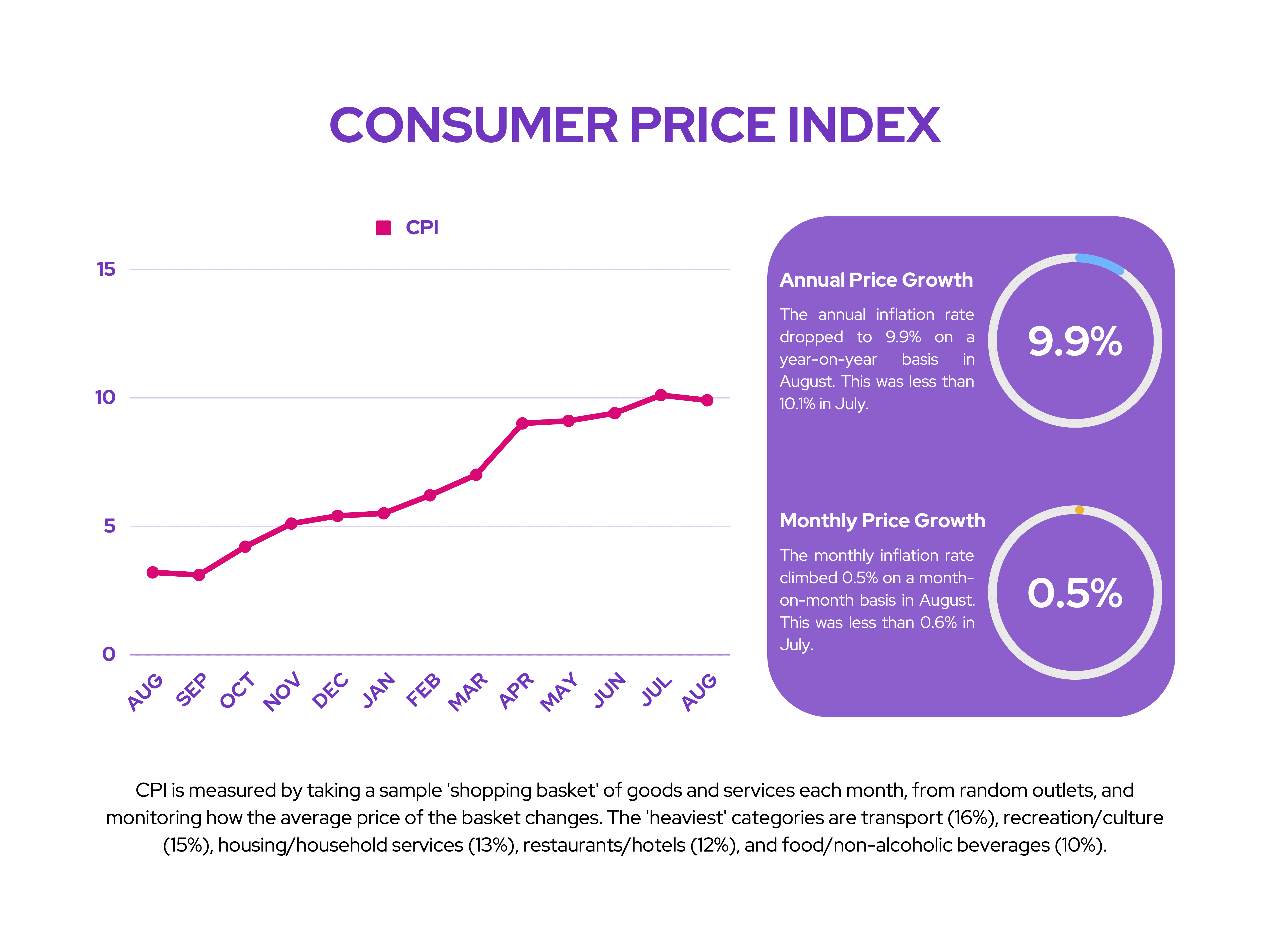The IAG (LSE: IAG) share price has headed lower since my last coverage and is now down almost 40% this year. But with the travel sector continuing its recovery, should I be buying IAG shares while they’re hovering around £1?
Ascending numbers
When IAG reported half-year numbers a couple of months ago, its figures were rather promising. The FTSE 100 group showed signs of continued recovery and targeted profitability by the end of the year.
| Metrics | H1 2022 | H1 2021 | Change |
|---|---|---|---|
| Total revenue | €9.35bn | €1.14bn | 720% |
| Operating profit | -€438m | -€2.04bn | 79% |
| Adjusted EPS | -13.8c | -43.7c | 68% |
| Net debt | €10.98bn | €11.67bn | -6% |
| Net cash | €9.19bn | €7.94bn | 16% |
Although its outlook was revised downwards, the company still expects capacity (passenger load factor) to hit 78% of 2019 levels. From this, North Atlantic capacity (including IAG’s most profitable routes) is estimated to hit 92% of 2019 levels in Q3.
| Metrics | H1 2022 | H1 2019 | % of 2019 Levels |
|---|---|---|---|
| Available seat kilometres (ASK) | 118m | 163m | 72% |
| Passenger revenue per ASK | 6.46c | 6.52c | 99% |
| Passengers carried | 40m | 56m | 71% |
| Passenger load factor | 77.8 | 83.0 | 94% |
The probability of it meeting its outlook edged higher after its industry peers reported their results recently. Ryanair flew a record 15.9m passengers in September. Meanwhile, Wizz Air finished Q3 with an average load factor of 89.1%. This is a healthy increase of 8.9% on a year-on-year (Y/Y) basis, and an increase of 4.5% on a quarterly (Q/Q) basis, with its passenger numbers also seeing a 49.7% Y/Y rise.
Getting the green light
Tailwinds for IAG pick up when taking other factors into account. The first major one would be the removal of Heathrow’s passenger cap. Britain’s largest airport had a passenger cap of 100,000 daily departing passengers a day due to staff shortages. This caused British Airways to cancel thousands of flights and revise its outlook downwards. But with the cap set to end on 29 October, investors will be hoping for an improvement to the company’s numbers going into 2023.
To complement this, CEO Luis Gallego reassured investors last week by reaffirming the group’s outlook, stating that all of IAG’s airlines should finish the year in profit. This will most likely be aided by the reopening of key Asian countries such as Japan and China, as well as the World Cup in Qatar in Q4. IAG investors should get further affirmation regarding international travel in the coming weeks when international competitors Delta, United, and American Airlines report their numbers.
Strong headwinds coming
On the flip side, there are strong headwinds to account for too. Oil prices are expected to head higher going into Q4 after OPEC+ opted to cut production by 2m barrels a day. Although IAG has hedged 60% of its fuel for the rest of the year, its bottom line could still be impacted, especially if black gold hits the $110 estimate that Goldman Sachs has predicted.
IAG will also have to deal with the impact of a potential recession going into next year as inflation continues to run rampant. Pair that with an already weak pound and suddenly the rebound for IAG shares may not be as smooth as initially expected.

Overall though, I’m confident in management’s ability to bring the IAG share price back to pre-pandemic levels eventually. After all, analysts at Davy Group recently upgraded the stock to ‘outperform’, and it’s got an average target price of £1.47. Nevertheless, the state of its balance sheet remains undesirable given its cash-to-debt levels. As such, I’ll be placing IAG on my watchlist for now and may consider investing when I see further improvements in its financials.








